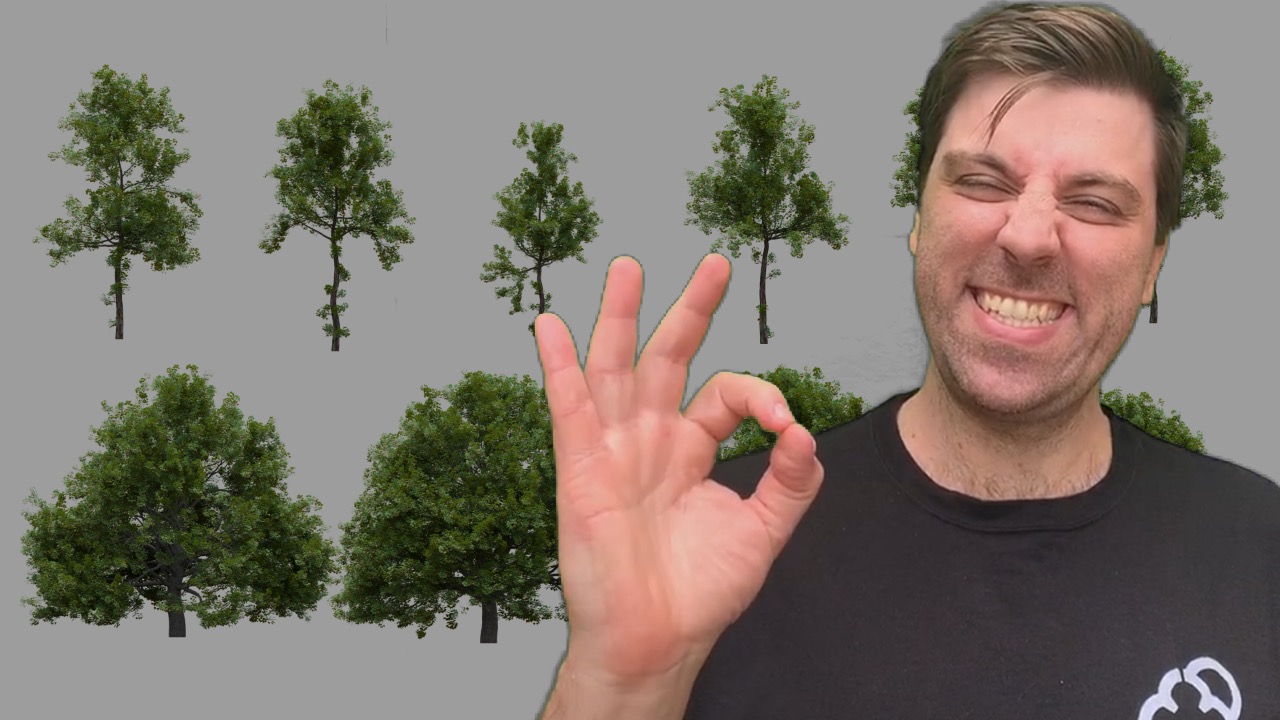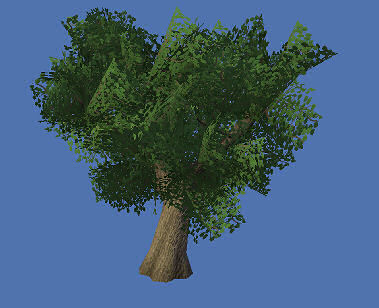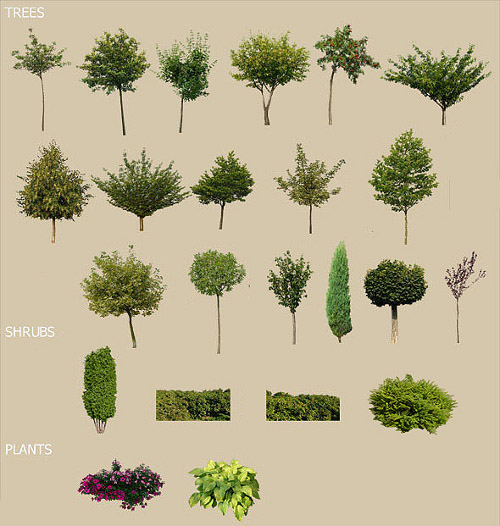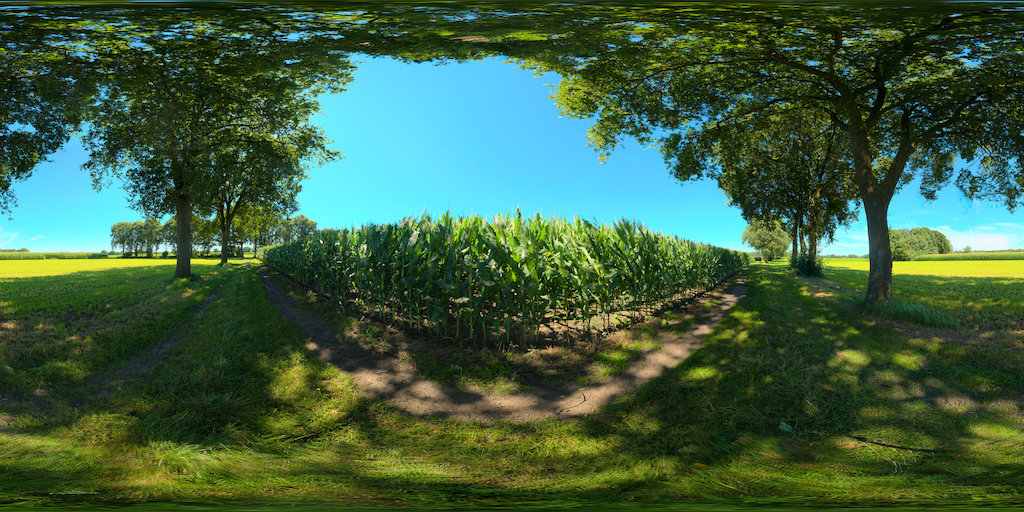
- #Blender trees free full#
- #Blender trees free software#
- #Blender trees free code#
- #Blender trees free license#
The in-house software then was called Traces back then, so when he did a complete overhaul of it he wanted a better name for the project. The demo reel used a song from Yello, called Blender as well (“ The Blender for the next millennium!”).

#Blender trees free code#
You can check the source here code for it here, complete with comments in DutchĪccording to Ton, the name Blender comes from a studio NeoGeo demo reel made in 1992. The first version of Blender with the classic subdividable windows we know today was running by January 1994. The studio was founded in 1989 by our favorite dutch Ton Roosendaal, who is also the first developer, maintainer and project leader up to this day.

Our beloved 3D software started its life around the holidays of 1993 as an in-studio modelling tool for studio NeoGeo (not related to the arcade/console ).
#Blender trees free software#
You can read more in the Free Software Foundation website

The freedom to distribute copies of your modified versions to others.The freedom to redistribute copies so you can help others.The freedom to study how the program works, and change it so it does your computing as you wish.The freedom to run the program as you wish, for any purpose.Technically, this means Blender is Free Software and not just open source as it complies with the FSF’s definition of “Free Software”.Ī piece of software is considered Free when it grants users these four freedoms: People are doing all kinds of crazy experiments with Blender and other free software, you can check them out GraphicAll Richard Stallman founder of the FSF, author of the original GPL and self-proclaimed saint Of course this doesn’t include the Blender name and logo, which are protected trademarks.
#Blender trees free license#
For example, you can make changes to Blender under a proprietary license but you if you want to distribute them they will have to be released under the GPL. Libraries that interact with Blender also have to be compatible with the GPL and its four freedoms. The only limitation is that you can’t re-license the code or distribute it under a more restrictive license. Most importantly you can share all of this with others. You are free to keep Blender forever in as many PCs as you want, peek around the source code, change anything. All components are compatible with the GPL 3 though, which is the license used for the final executable files the Blender Foundation distributes. Most of the code is developed under the GPL2 license, while some modules have more permissive licenses. Free as in freedomįree as in freedom is the licensing part of the equation. The income comes from donations of users, sponsorship of companies and foundations, sales of DVDs/ USB Sticks, merch, manuals (in the old days when we read books and such), fundraising campaigns and subscriptions to the Blender Cloud. You can see this numbers at any time on the fund page.
#Blender trees free full#
This lets the Blender Foundation employ 20 Developers to work on Blender full time. At the time of writing this the Blender Foundation is receiving roughly US$122,000 per month from ~5,000 individuals and 45 corporations. Let’s look at how this is possible but before we dive in, let’s see what free really means here.īlender is free in both meanings: free of charge ( as in beer) and free as in freedom.īeing gratis or Open Source doesn’t mean developing Blender doesn’t cost any money.

It’s no wonder that in all these years there have been very few open source modelling suites besides Blender, and none of them seemed to grow beyond basic polygon modelling. We’re talking about one of the most math intensive problem domains in software.


 0 kommentar(er)
0 kommentar(er)
